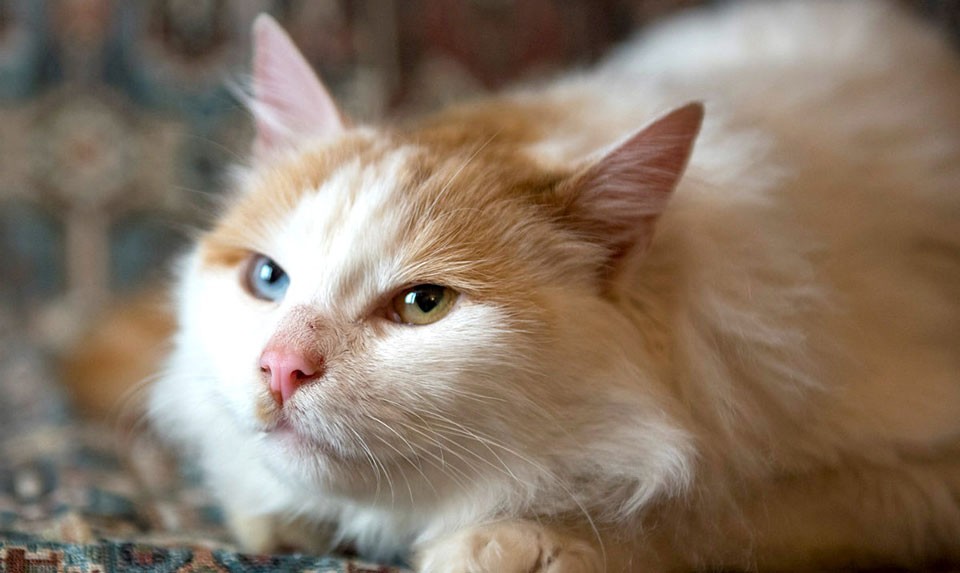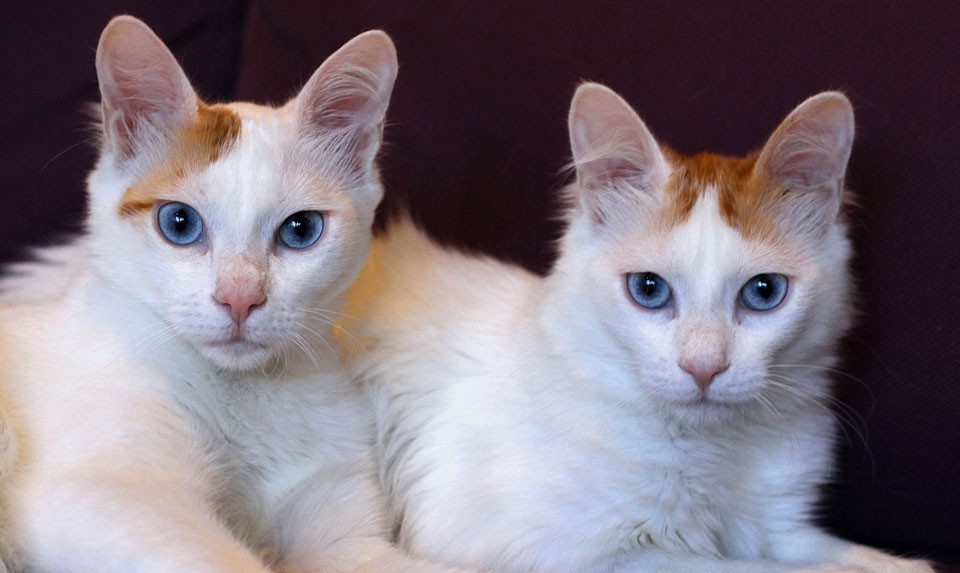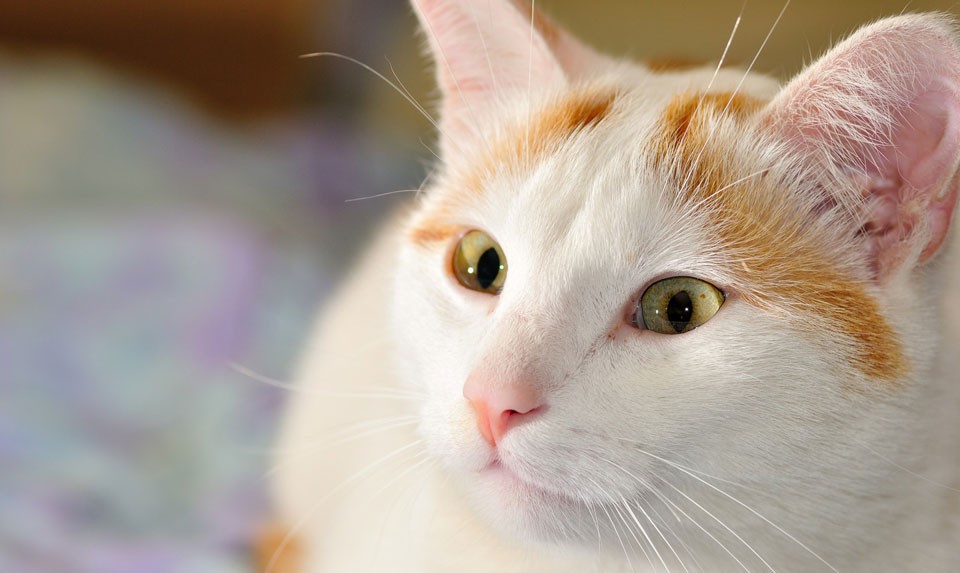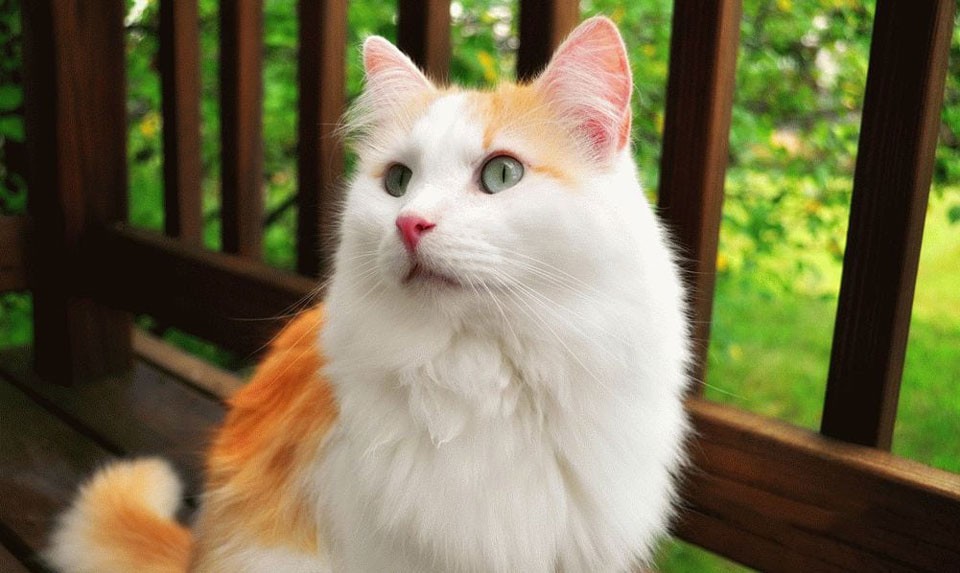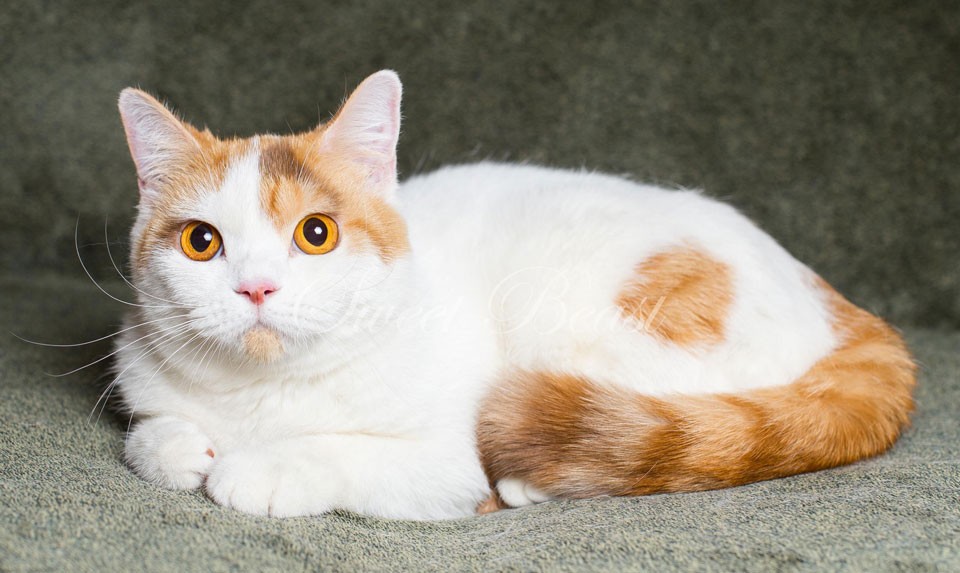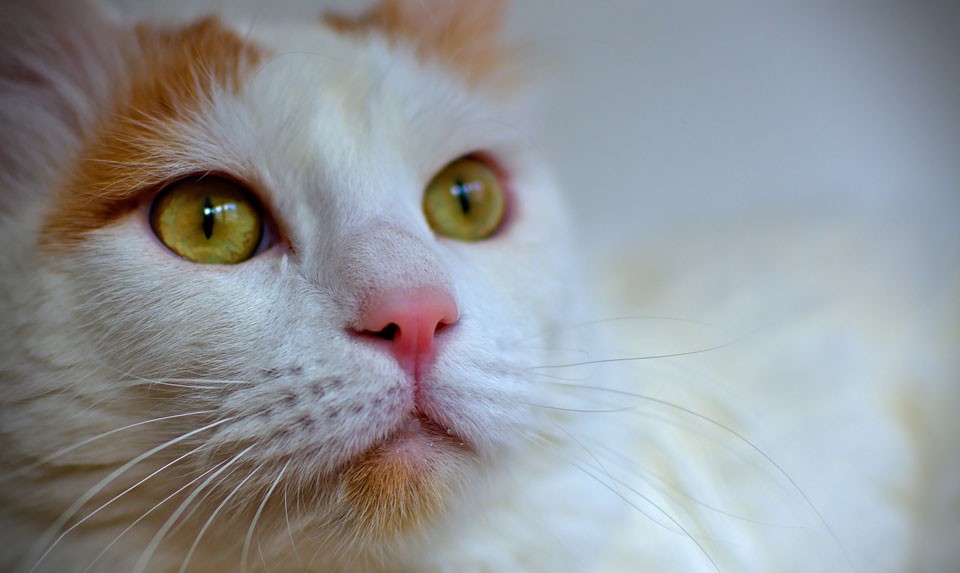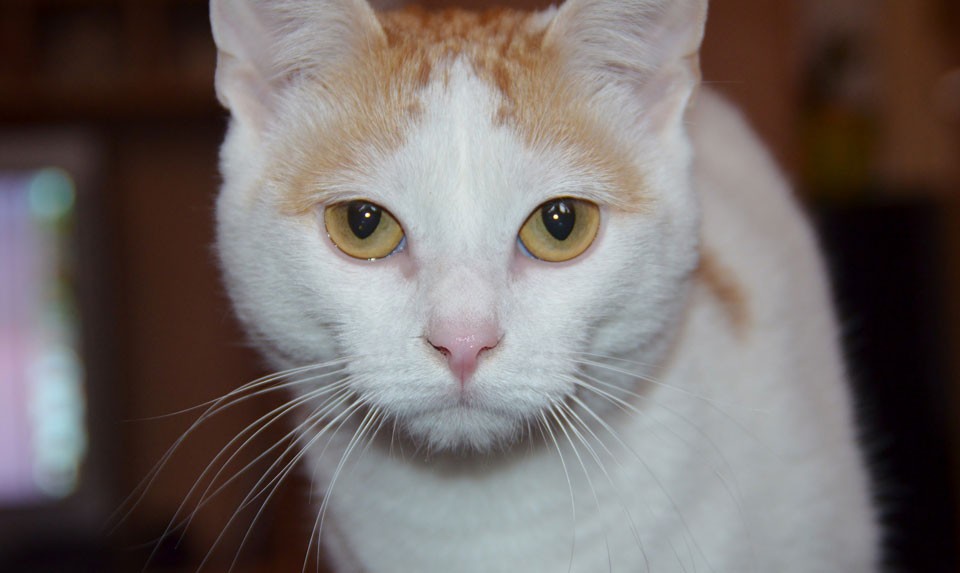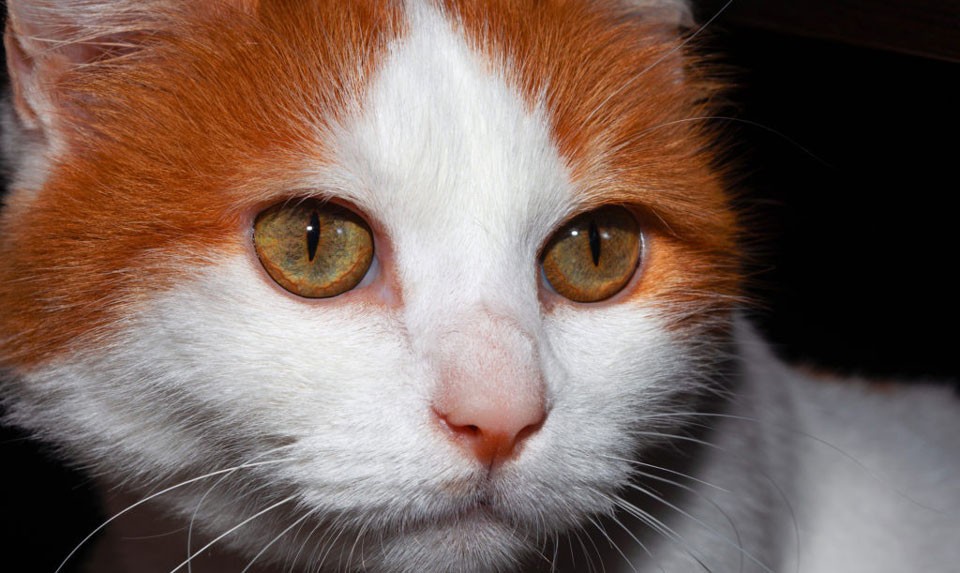"Vana Katu" - The Armenian Heritage of Lake Van
Van cats are an endemic breed of cats that formed independently on the territory of Lake Van, located in the Armenian Highlands (now the territory of Turkey).
The Van cat is the most ancient breed of domestic cats and belongs to one of the largest breeds of domestic cats: the weight of an adult cat can reach up to 10 kg, and females - from 4.5 to 6 kg.
The Van cat is not a result of selection, it is naturally occurring breed of domestic cat that is very unique - it is the only cat in the world that is not afraid of water, but rather loves to play in it and catch fish.
The Van cat checks the temperature of food and milk with its front paw and, if the food is at the right temperature, it eats it. Observations show that the Van breed cat eats melon, watermelon and other fruits.
Van cats are very attached and devoted to their owners - not so much to the place, like ordinary cats, but to the person. It is noteworthy that they are ready to follow their masters everywhere, not wanting to part with them, yet their character is wayward, emphatically freedom-loving.
They have a white silky waterproof coat with red-copper (apricot) markings inherent only in this breed on the ears and tail - not to be confused with a white cat with multi-colored eyes, obtained by the Turks as a result of selection!
The color of the eyes of Van cats is also amazing. According to eye color, they can be divided into three groups:
a) both eyes are blue
b) both eyes are amber (yellow color and its tones)
c) two eyes of different colors (as a result of dyschromotapsia, one of the eyes is blue, the second is amber)
One of the oldest references (6th millennium BC) about the Van cat was found during excavations in Western Armenia, in the vicinity of the village of Hatzilar. There were found figurines of women feeding cats and playing with them.
On the territory of modern Armenia, the oldest is the skeleton of a cat, found during excavations on the Karmir Blur hill, on the ruins of the ancient Teishebani fortress of the 6th-7th centuries BC, the period of the Kingdom of Van.
Van cats, as an ancient symbol of Armenia, were destroyed during the Armenian Genocide of 1915. The Turks brutally exterminated them, which, however, did not prevent them from declaring the Van cats a national treasure and heritage of their "ancestors" decades later.
In 1987, the Van Cat Research Institute was established in Turkey to breed them. However, Turkish breeders are actually assimilating the breed by crossing them with Angora cats.
According to Muslim tradition, only a completely white cat is "clean" and, moreover, the only animal that can enter the mosque. In addition to the obligatory white color, the Turkish "standard" of the breed is supplemented by one more requirement - the cat's eyes must be of different colors.
Selection work that is carried out in Turkey can completely change this breed and even lead to its complete disappearance.

